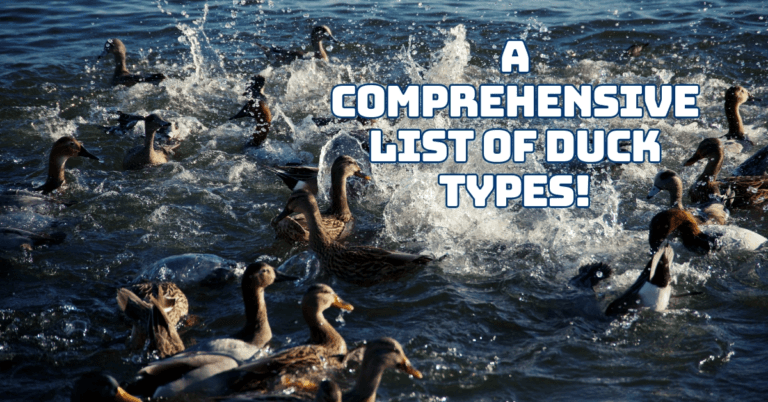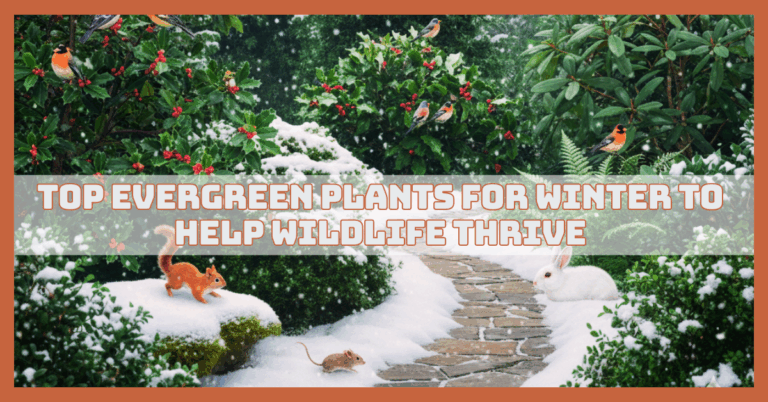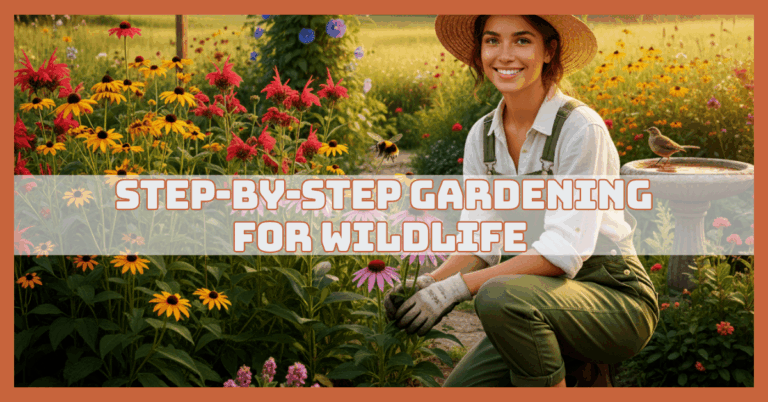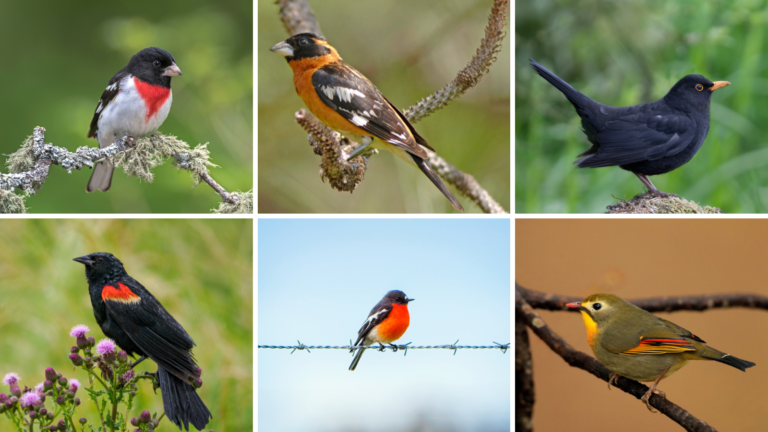Why Is Wildlife Important And How Can We Protect It
Why Is Wildlife Important And How Can We Protect It
Wildlife plays a crucial function in environmental balancing. Wildlife contributes to the stability of various natural processes.
Wildlife and nature have been heavily associated with humanity for emotional and sociological reasons. Wildlife relevance can be classified as ecological, economic, and investigative importance, protection of biological diversity, and so on.
Animals have also been highly beneficial to humanity in supplying food, clothes, and a source of revenue.
Without the help of wildlife, our lives would be nearly impossible. We are also a part of the fauna that helps maintain the earth's ecological balance. It is pretty essential in our lives.
Importance Of Wild Life
1. To Maintain A Healthy Ecosystem
The ecosystem comprises relationships between diverse organisms linked by food webs and chains. Ecosystems provide food and habitat for all plants and animals on Earth.
Even if a single wildlife species become extinct in the ecosystem, the entire food chain is disrupted, with severe consequences.
Thus, protecting wildlife plays a significant part in sustaining ecological balance and, as a result, maintaining a healthy ecosystem. A deer in the meadow habitat, for example, requires water to drink, plants to eat, and shrubs and bracken to hide in.
If the deer population grows too large, it will strain the current ecology to give these items to the other deer population. As a result, these supplies will be depleted, and deer will perish from hunger.
2. Farming And Agriculture
Humans rely heavily on agricultural foods and plants to meet their nutritional demands. Fruits and vegetables are produced due to a process known as pollination.
Pollen grains from the androecium (male reproductive organ) of the flower are transferred to the bloom's gynoecium (female reproductive organ) during pollination.
Pollination results in fertilization and, eventually, seed production. Pollinating agents such as birds, bees, and insects play a significant function. Aside from pollination, several birds play an essential role in pest management by feeding on them.
Wildlife also plays an essential role in maintaining a clean and healthy environment. Many microorganisms, bacteria, slime moulds, fungi, and earthworms feed on plant and animal wastes and dead creatures, decomposing them and releasing chemicals into the soil.
As a result, the soil's nutritional loss is replaced. Birds such as eagles and vultures operate as scavengers, removing animal carcasses and dead bodies and helping keep the environment clean.
3. Maintaining Biodiversity
Scientists and researchers are working hard to preserve plants and animals using ‘Gene Banks.' These gene banks are a repository for cells and tissues from various wildlife species and play a vital role in agriculture and farming. Many species are extinct due to epidemics, climate change, and natural disasters.
Original plant types and animal breeds can be regenerated using cells in Gene Banks. Similarly, superior genetic features are developed in new kinds and breeds.
Biotechnology and genetic engineering approaches are advantageous in the dairy business, with improved genetic species providing more milk and demonstrating higher health and fertility.
4. Individuals' Economic Value And Livelihood
Wildlife also contributes significantly to the country's economy. Tourists from all over the world visit wildlife reserves and forests to witness endemic and uncommon species. They are a source of foreign exchange and income for the local inhabitants.
Bird watching, walking, fishing, river rafting, and other sports are available. Wildlife is a source of revenue for many people who live in or near the forest, and it supplies them with their daily bread and butter.
5. Provide Medicine
Humans have always used nature as a source of medicine. Many medicinal systems (such as Chinese traditional medicine) still rely on herbs, spices, and other natural substances, but pharmaceuticals would not exist without wildlife.
Wild plants were used to create morphine, penicillin, and aspirin medicines. Researchers continue to look to nature for solutions for diseases such as cancer and Alzheimer's. The more wildlife study alternatives students have, the better.
6. Create More Jobs
Wildlife preservation provides more jobs when it comes to economics. For example, an extensive conservation and sustainable management project in Honduras provided over 8,000 employment and increased community income by more than 300 percent.
According to Heidi Peltier, a research professor and expert on employment in the US economy, conservation and park development provides far more jobs than oil and gas. Green employment creation leads to a more sustainable and productive economy.
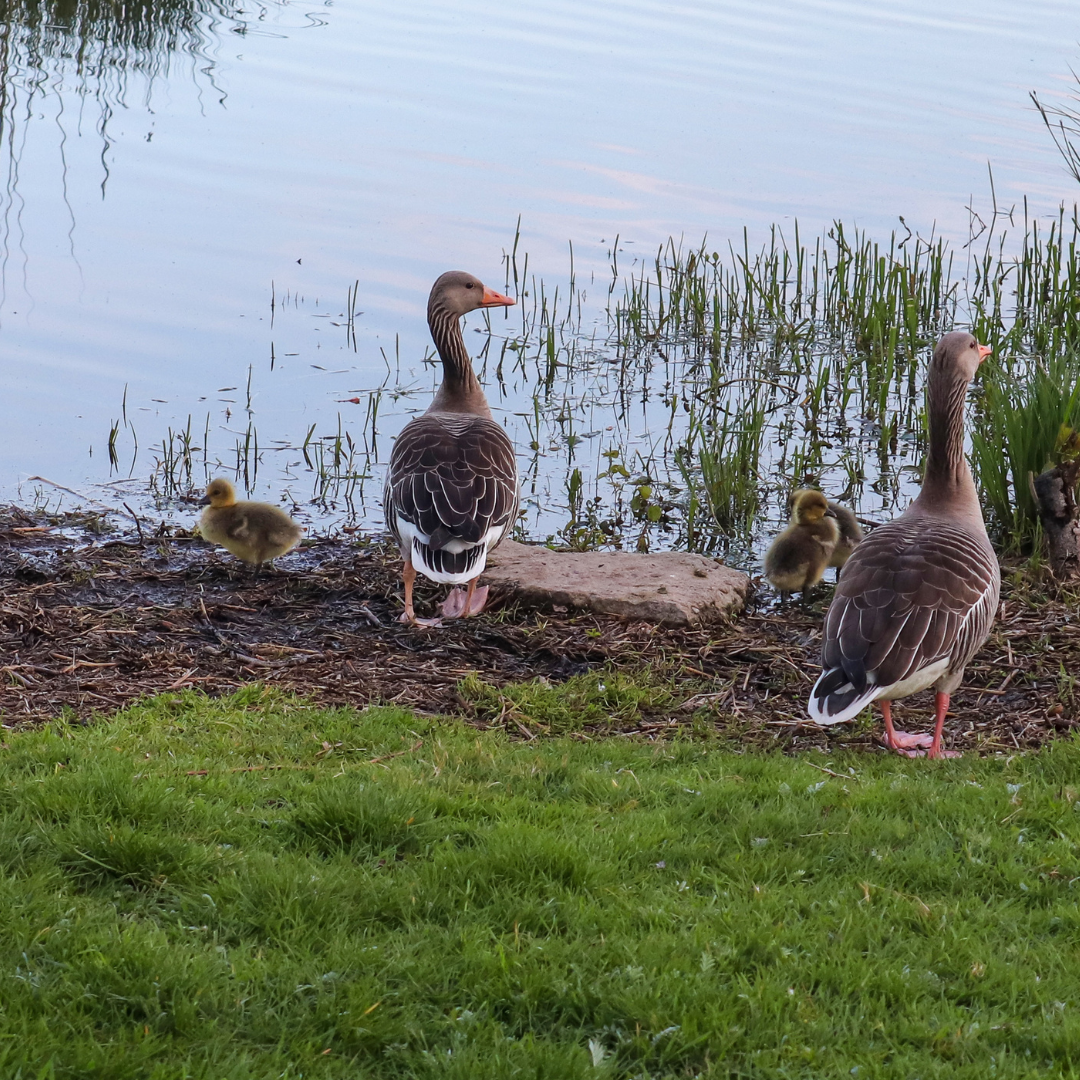
7. Phenology
Plants and animals have life events that seem to happen yearly, like clockwork. Birds may migrate, mammals can hibernate, flowers can bloom, and leaves can change colour. Phenology is the study of how the biological world timed these natural events.
Scientists have discovered that plants and animals receive cues from their surrounding environment.
Non-biological elements such as temperature, precipitation, and available sunlight all impact climate. Species use yearly temperature changes to determine when they begin natural events such as breeding or blossoming.
Threats To The World's Wildlife

1. Wildlife Smuggling
After drugs, guns, and human trafficking, the illegal wildlife trade is the world's fourth-largest criminal sector. It generates over $US20 billion annually and is one of the most severe threats to some of its most iconic species, such as rhinos and elephants.
Indeed, the African elephant population has declined by 30% in the previous seven years, mainly owing to poaching. More than 23 metric tonnes of ivory were seized in 2011 alone, equating to the deaths of 2,500 elephants.
That's simply the ivory that's been unearthed. The most upsetting part of the trade is that false beliefs and unproven assertions frequently fuel it.
The pangolin, for example, is one of the world's most trafficked species, with its scales used in traditional Chinese medicine to treat disorders ranging from lactation problems to arthritis. And what exactly is this enchanted stuff comprised of? Keratin is the same substance that makes up our hair and nails.
Wildlife crime must be eradicated if some of the world's most endangered species are to be saved. Education must also play a role in dismantling hundreds of years of traditions and beliefs that the body parts of a tiger, rhino, or pangolin will cure all ills.
2. Deforestation Of Habitat
The recent fires that raged across the Amazon correctly drew attention to how vulnerable the world's most vital ecosystems are – and cast an unforgiving focus on the impact of unregulated logging and habitat degradation as humans advance into previously unexplored places.
It has progressed to the point where habitat loss is the most severe hazard to most species. Half of the world's original forests have been destroyed, and what remains is being taken down 10 times faster than it can be restored.
Animals that require broad regions to roam are being forced into smaller and smaller areas in Africa, where the human population is predicted to treble by the end of the century.
African lions, for example, must now live on less than 10% of the ground they originally roamed. Species worldwide deal with the same issues, including tigers in India and Nepal and giant pandas in China.
It has also increased human-wildlife conflict since man and beast compete for the same territory. Elephants in Kenya trample and graze on crops now being produced along their migratory paths.
In India and Nepal, big cats such as tigers and leopards prey on livestock for a quick meal. In the most extreme incidents, enraged villagers have been killed in retaliation.
3. Pollution
Here's a startling fact: there are 500 times more microplastic fragments in the sea than stars in our galaxy.
Every year, 800 million tonnes of plastic are poured into the ocean, washing up on previously pristine corners of the earth.
This covers the Arctic and isolated Pacific Ocean islands. Henderson Island, part of the Pitcairns, has the world's greatest concentration of plastic pollution.
Plastic also terribly affects the world's marine fauna, with over 600 species threatened. They consume it. They become entrapped in it. It devastates and destroys their surroundings.
Because plastic degrades to minuscule levels, fish take it via their stomachs and into their flesh, implying that humans eat their plastic waste.
Other pollutants, such as pesticides and herbicides, also impact the environment. Agricultural run-off is wreaking havoc on Australia's Great Barrier Reef. In addition, the few remaining gharials in India and Nepal are struggling due to pollution in their river habitats.
The extent of pollution on our globe may appear overwhelming, but small individual acts such as recycling, conserving energy at home, and taking public transit can help make a difference.
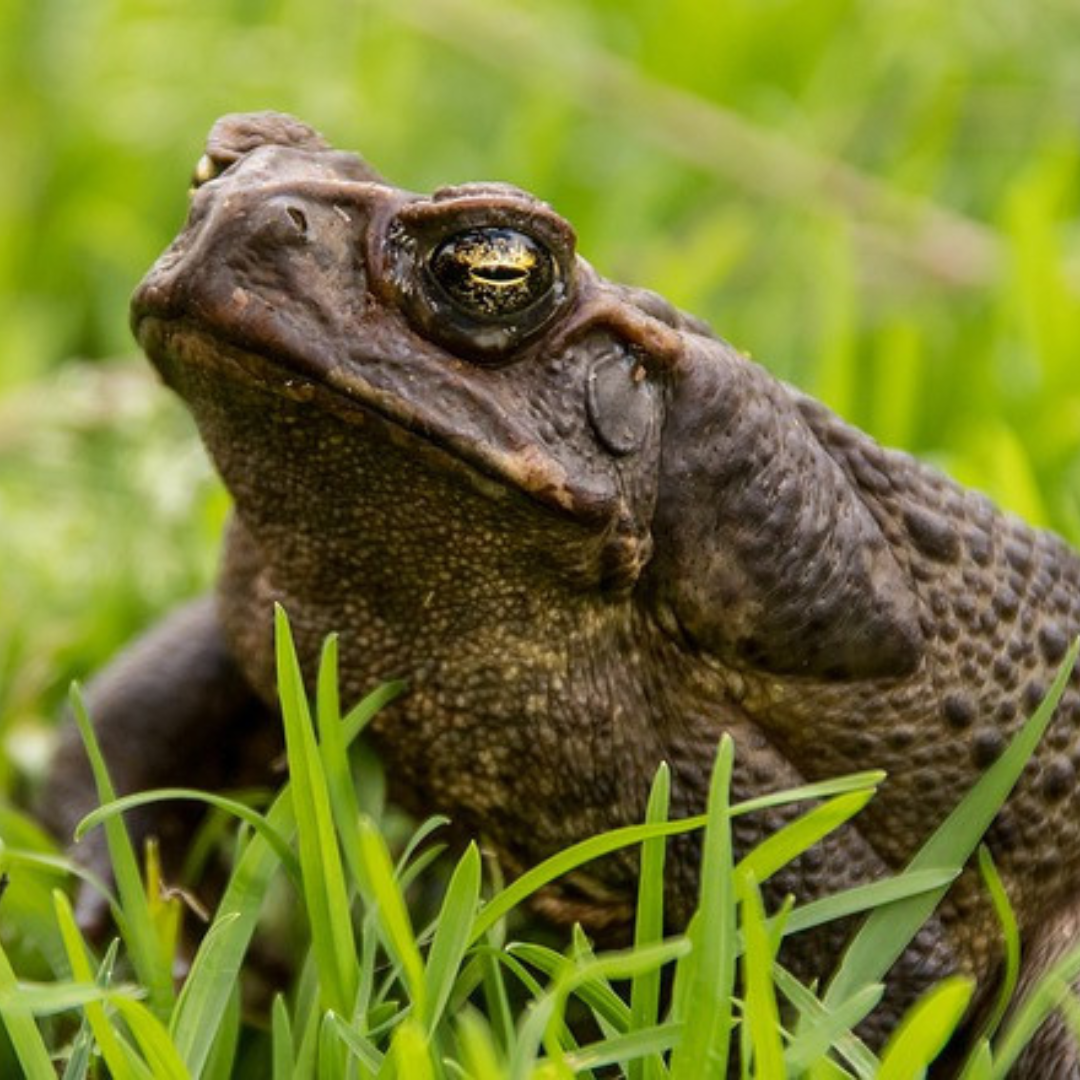
4. Invasive Species
As if fighting for resources with people wasn't challenging enough for the world's wildlife, many species also face the threat of invading species.
These non-native species develop and breed quickly, whether accidentally or purposely introduced, then spread aggressively over habitats.
They are among the most severe dangers to native wildlife, threatening 42 percent of vulnerable or endangered species.
The cane toad in Australia is one of the most harrowing illustrations of the destruction caused by invasive animals. Introduced from Hawaii to combat a native grey-backed cane beetle, the toads discovered they preferred eating other native animals and multiplied at an alarming rate.
The original 150 cane toads released into the wild have grown to over 200 million, spread to the Northern Territory and Western Australia, and destroyed native species such as the northern quoll. They perish as a result of poisoning after swallowing the toads.
Unfortunately, once the toad is out of the bag, the situation is tough to handle. Preventing the introduction of invasive species in the first place, effectively monitoring for new infestations, and quickly eliminating them before they become entrenched are all solutions.
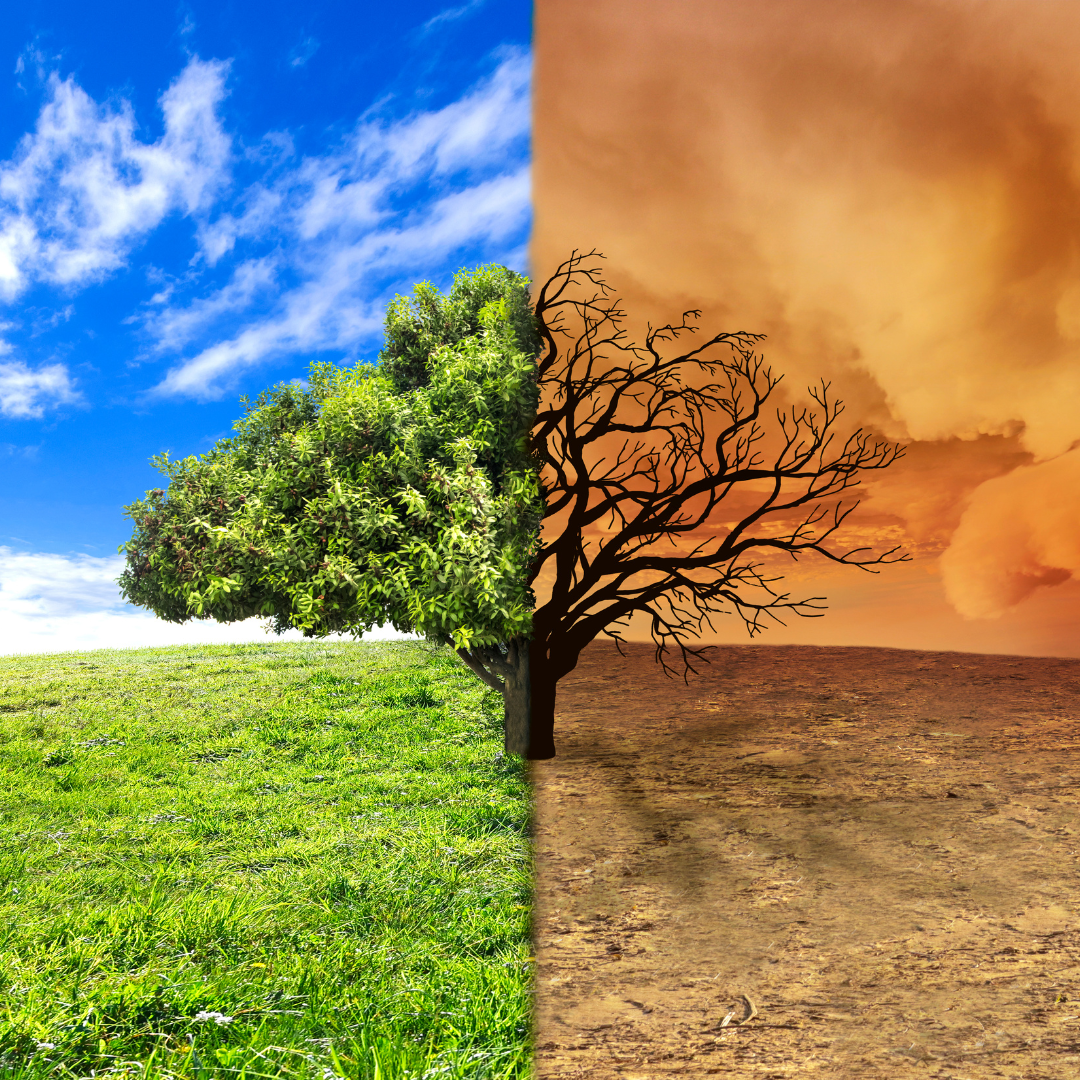
5. Climate Change
The impact of climate change induced by human activity can be seen in everything from more frequent and powerful storms to more prolonged and more extreme droughts.
Rising ocean temperatures and shrinking Arctic sea ice disrupt marine biodiversity, shifting vegetation zones, and force animals to adapt to new environments, impacting the world's ecosystems. The richness of life on our globe is under threat, from polar bears in the Arctic to sea turtles off the coast of Africa.
Some animals are adaptable. Others relocate to new, more advantageous places. Some species are being impacted in ways that will have long-term consequences.
Changes in sand temperatures, for example, are affecting turtle breeding places due to climate change. What is the significance of this? The temperature determines the sex of the hatchlings.
Again, the magnitude of the problem looks to be overwhelming. As individuals, we can all contribute to reducing our carbon impact. As a group, we can pressure governments to help make our country greener.
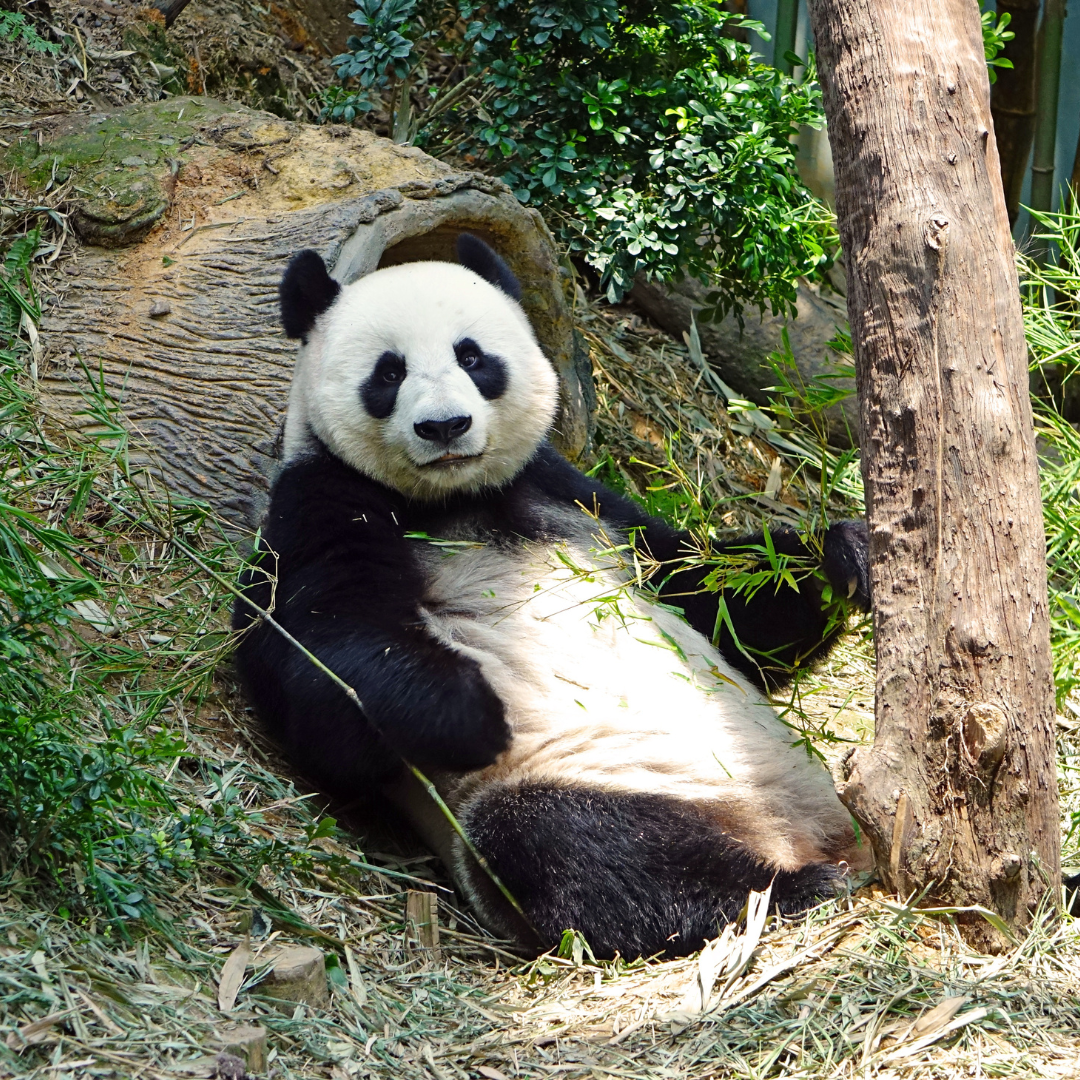
Ways To Protect Wildlife
There has been a lot of troubling news recently regarding the fate of wildlife worldwide due to a mix of changing weather, lost habitats, increased poaching, and growing food scarcity.
The doom-and-gloom headlines might make the situation appear completely hopeless, yet, plenty can be done to protect and conserve animals on both a large and small scale.
1. Volunteering
There are numerous methods to help rescue animals, but volunteering is one of the most rewarding. Numerous organizations have volunteer programs.
Volunteering can be done in various ways; not all must be done through an organization. You can assist in the cleanup of beaches, hedgerows, and woodland. You might also volunteer in a local animal refuge to teach people about wildlife or help rescue wild animals.
Volunteering allows you to stay close to wild creatures while engaging with them. This improves your and others' comprehension of them, allowing us to coexist peacefully with them.

2. Put In Place A Conservation Easement
A conservation easement is a legally enforceable instrument that limits the use of private land to safeguard a particular resource. You may consider putting a conservation easement on your property to protect the animals.
When entering a conservation easement, you sell or gift certain property rights to a nonprofit organization (called a land trust).
The land trust will have the authority to execute your guarantee and ensure that the land is permanently conserved for the conservation goals specified in the agreement.
You should look into different land trusts to determine who will implement the agreements under the easement and how they will do so.
For example, the Wildlife Land Trust, Ducks Unlimited, and the Conservation Fund are all land trusts that advertise their expertise in administering wildlife conservation easements. Investigate your options before signing a contract with one.
While the land will stay in your possession and ownership, you will be limited in what you may do with it. For example, you might not be able to erect permanent structures on the site or channel water away from a natural stream.
Because a conservation easement is designed to endure in perpetuity (that is, forever), it may affect your ability to sell it in the future.
Because of the complicated tax and contractual ramifications of negotiating a conservation easement, you should consult a lawyer before signing an agreement. A lawyer can advise you on the advantages and disadvantages of engaging in a conservation easement.
Following the execution of the easement, it shall be recorded at the county recorder's office where the property is located.
3. Illegal Hunting And Fishing Should Be Reported
While each state regulates hunting and fishing, the acts frequently occur on the private territory. You should make it obvious if you do not want hunting or fishing on your property.
Purchase and post “No Trespassing” signs around your property. Ideally, your land should be fenced in, but this is not always possible.
Make sure to put up signs on your property and not someplace else. It is prohibited to erect a sign on someone else's property.
If you allow hunting and fishing on your property, you may help control how and when it occurs. You can ensure that animals are killed and fished sustainably and humanely.
Find out when the official hunting and fishing seasons are and only allow activities during certain times.
In Maine, for example, deer season runs from October 31 to November 26. If you have any questions, don't hesitate to contact your state's fish and wildlife department.
In addition to simply allowing activities during the season, you can also establish limits for individuals hunting and fishing on your property. For example, you could limit each hunter to killing one deer per visit.
If you notice illegal hunting or fishing on your property, notify your local police or sheriff's department immediately.
Illegal hunting and fishing are crimes for which individuals face criminal charges. Some states even have hotlines that you can call. This is one of the most effective wildlife deterrents available.

4. Recycle
Try to reuse products to reduce the stress placed on the environment. Most cities offer recycling programs. Contact the town or municipal manager's office.
When recycling electrical gadgets, you need to take extra care. The EPA maintains a list of locations where you can recycle mobile phones, personal computers, and televisions.
5. Use Environmentally Friendly Products
If you must use agricultural products such as pesticides and fertilizers, it is always preferable to choose environmentally friendly items.
Pesticides can substantially impact wildlife, especially when they consume sprayed plants or polluted water. Most of these pesticides provide a secondary poisoning risk and, in some cases, can contaminate underground water, rivers, and streams.
It is also likely that some wild creatures will be sprayed directly, which could be fatal. To save wildlife, you must use environmentally friendly items. Another thing to remember is that some toxins can enter the food chain and harm you.
6. Birds And Wild Animals Should Be Fed
Food and water supply can be short during certain seasons of the year, putting some birds and wild animals at risk. In this scenario, you can feed and provide them with water in your yard. Certain animals should never be fed.
Avoid harmful creatures like coyotes and various mammals like deer and raccoons. These animals can grow food-dependent on humans and attract more dangerous predators to your yard.
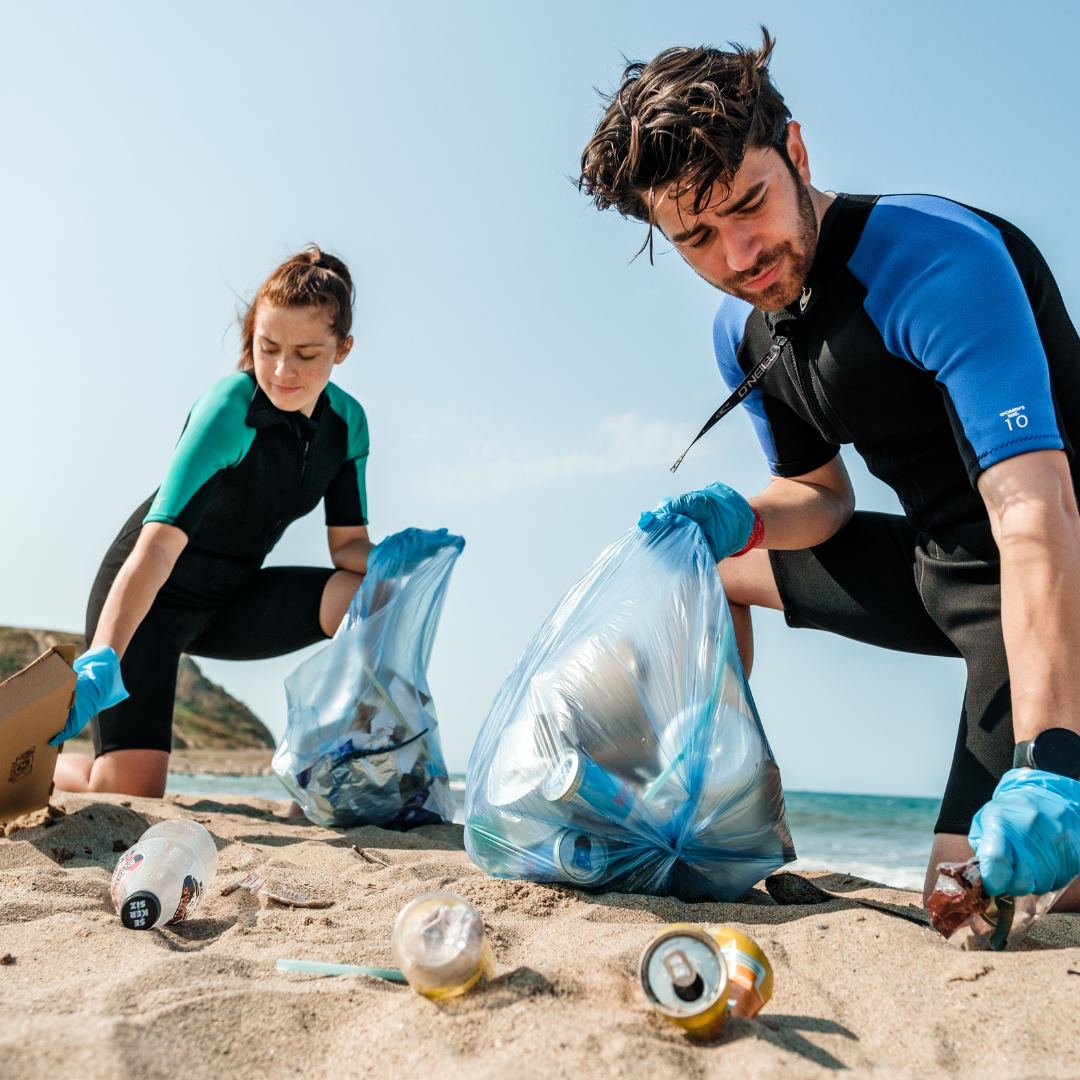
7. Trash Should Be Disposed Of Correctly
Trash can wreak havoc on wildlife in various ways. Birds, for example, might get their heads hooked in plastic rings. Trash, such as plastic bags, can be consumed by other wildlife. You should properly dispose of your rubbish to avoid poisoning wildlife.
You can also pick up trash left by others. You could walk with a large garbage bag once a month. Gather as much trash as you can.
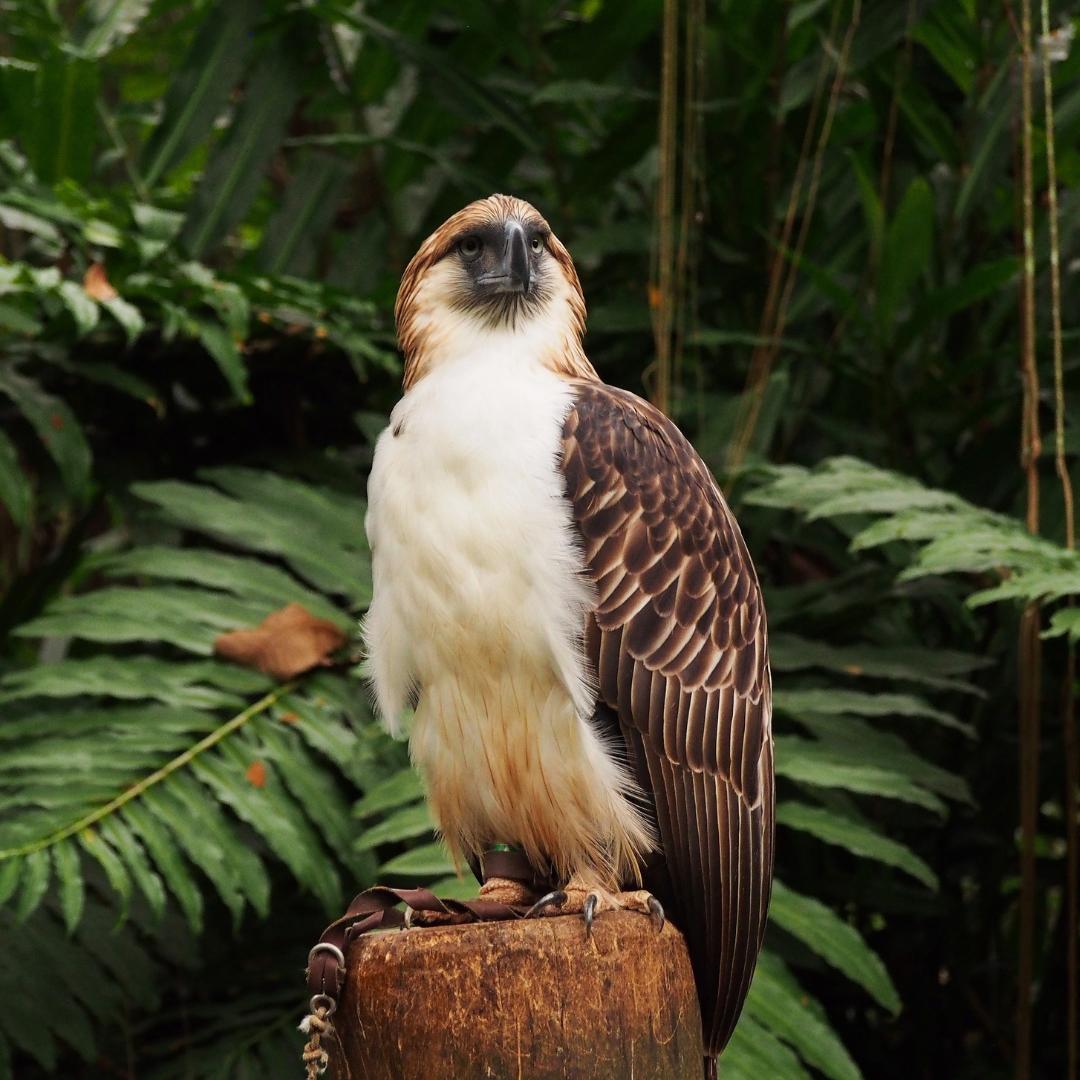
8. Avoid Taking Federally Listed Endangered Species
The federal Endangered Species Act (ESA) forbids the “taking” of a listed species from the wild without an exemption or authorization.
When a listed species is on private territory, the ESA remains effective. Harassing, injuring, hunting, shooting, killing, or capturing are all “taking.” Listed species are endangered and threatened species as recognized by the federal government.
If you are unsure whether listed species are present on your land, you can engage resource professionals to come out and inspect it.
If you discover a listed species, you can work with your state's fish and wildlife agency or the US Fish and Wildlife Service to seek advice on managing and protecting your land.
Even if you are not taking listed species on private property, you should report someone who you suspect is.
Listed species must be safeguarded, and your assistance will surely help achieve that goal. Contact your local or federal fish and wildlife department to report a violation.
9. Adopting Animals
Many organizations have an adoption program in that funds are donated to a specific animal or species.
If you are in school, you can enlist the aid of your peers by adopting an animal as a class animal. Talk to your coworkers or family about adopting an animal if you work.
There are numerous wildlife conservation organizations where your money will help save animals for the future.
Go to Wildlife Conservations: Another approach to help animals is to visit zoos, national parks, wildlife refuges, and aquariums.
Wildlife can be exceptionally safeguarded with funds raised from tourism, yet tourism can also negatively impact wildlife. Make sure that every trip you take is to a place that prioritizes its animals.
People have a love/hate relationship with zoos, but they play an essential role in preserving the survival of animal species. Simply conduct some research before going to see them to ensure that the money they make is going to the appropriate locations.
10. Preserve Wildlife Habitat
Another thing you can do to help wildlife is to keep their habitat in mind whenever you see them. As a result, it protects rivers, marshes, woods, prairies, and other animal habitats.
A habitat is where wildlife and other living things can reproduce, thrive, and survive away from predators and inclement weather.
The most excellent method to maintain their habitat is to avoid polluting rivers and lakes and cutting down trees in forests. Most of these species will perish when their position is threatened, or their habitat is destroyed, while others will become extinct.
11. Make Your Home Wildlife-Friendly
Most of the time, garbage contains hazardous substances that can injure wild animals. As a result, secure trash in trash cans or shelters with lock lids.
I use these to secure the lids of my trash cans. They come in a two-pack and are reasonably priced. Pet food should be stored indoors, and pets should be fed indoors. This will keep wild creatures away from your home at night.
Ensure that animals that rely on the water can access what they require. To prevent illness transmission, sterilize bird water baths.
Place stickers on windows to prevent animal collisions. I use these, which are available on Amazon here. They are UV and reflect the light, keeping birds at bay, yet you can hardly see them.
You may believe this is superfluous, yet statistics reveal that millions of birds die yearly due to window impacts.
According to the Smithsonian, crashes kill between 365 million and 1 billion birds yearly. This figure only applies to the United States, where a median estimate of 599 million birds die yearly.
Putting decals on your office and home windows is always good to help rescue these birds. If you don't like adding stickers to your windows, you can get these bird-repellant rods instead. Both the decals and the rods are affordable and have the potential to save birds' lives.

12. Make Water Available
Many times, wild animals do not have a consistent water source. When their ecology is conserved, these creatures can find food independently without difficulty.
However, there are numerous instances where these creatures travel large distances searching for food or mates.
You can assist them in finding safe drinking water by simply providing a water source and regularly monitoring it.
Water sources can be as simple as a birdbath or as huge as a pond to feed larger animals. If you live in a colder region of North America, you can use a heating device to keep the water from freezing.
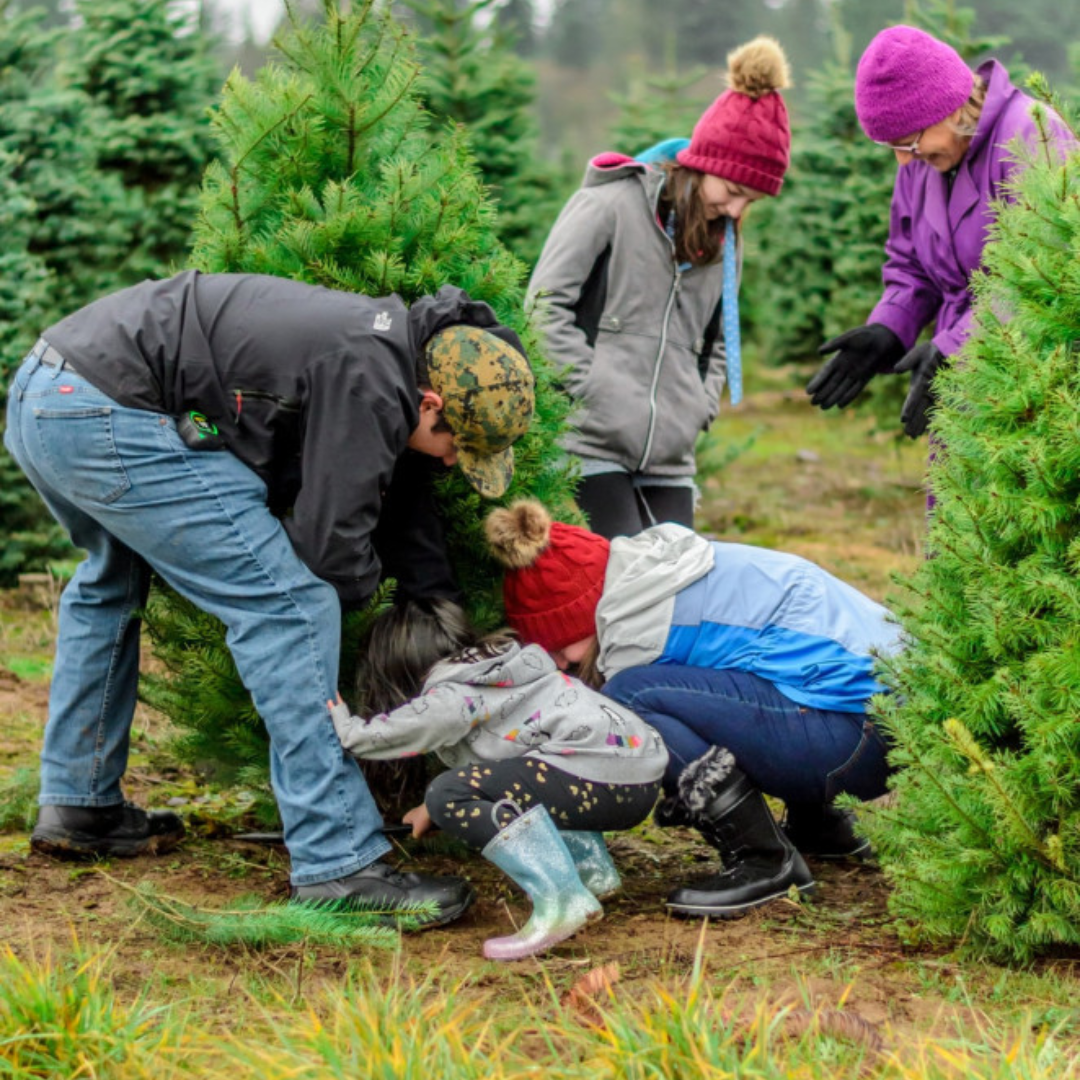
13. Plant Trees And Save The Environment
Growing plants and saving trees can help save wild creatures. Most animals rely on plants for food and shelter.
Planting floral plants will attract wild animals and insects, aiding in pollination. Furthermore, several natural plants attract specialized wild creatures who choose them for food and refuge.
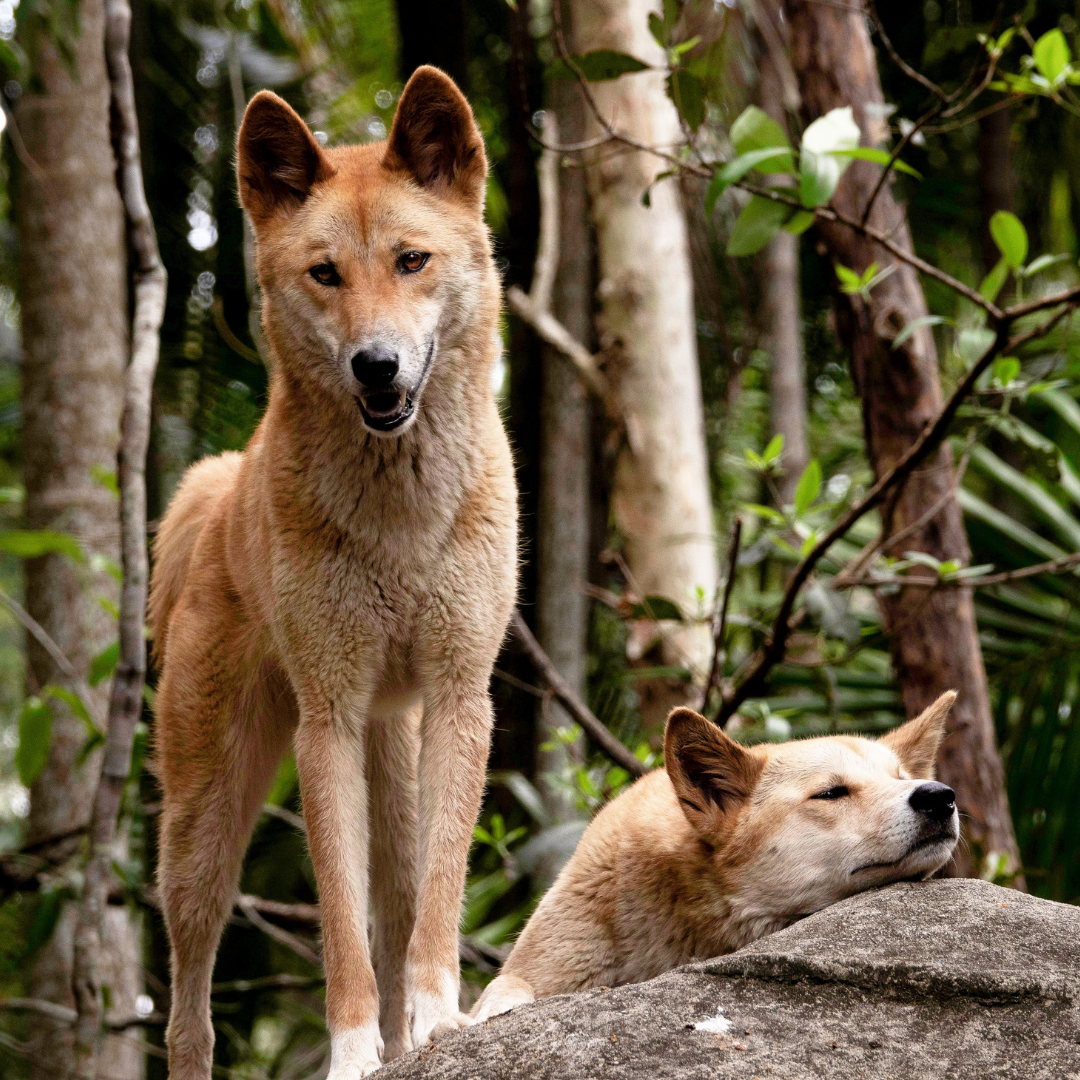
14. Increase National Parks
Acts of Congress establish national parks. The National Park Service protects land when designated as a national park. Employees work to rehabilitate and protect all species found on national park territory.
Because Congress is in charge of establishing national parks, you should contact your legislators about public areas that you believe would be ideal candidates for national parks. You can write them a letter in which you clarify your position.
Members of Congress will usually react to your letter and meet with you to discuss your position. Because your officials rely on you to be elected, they will likely take your concerns seriously.
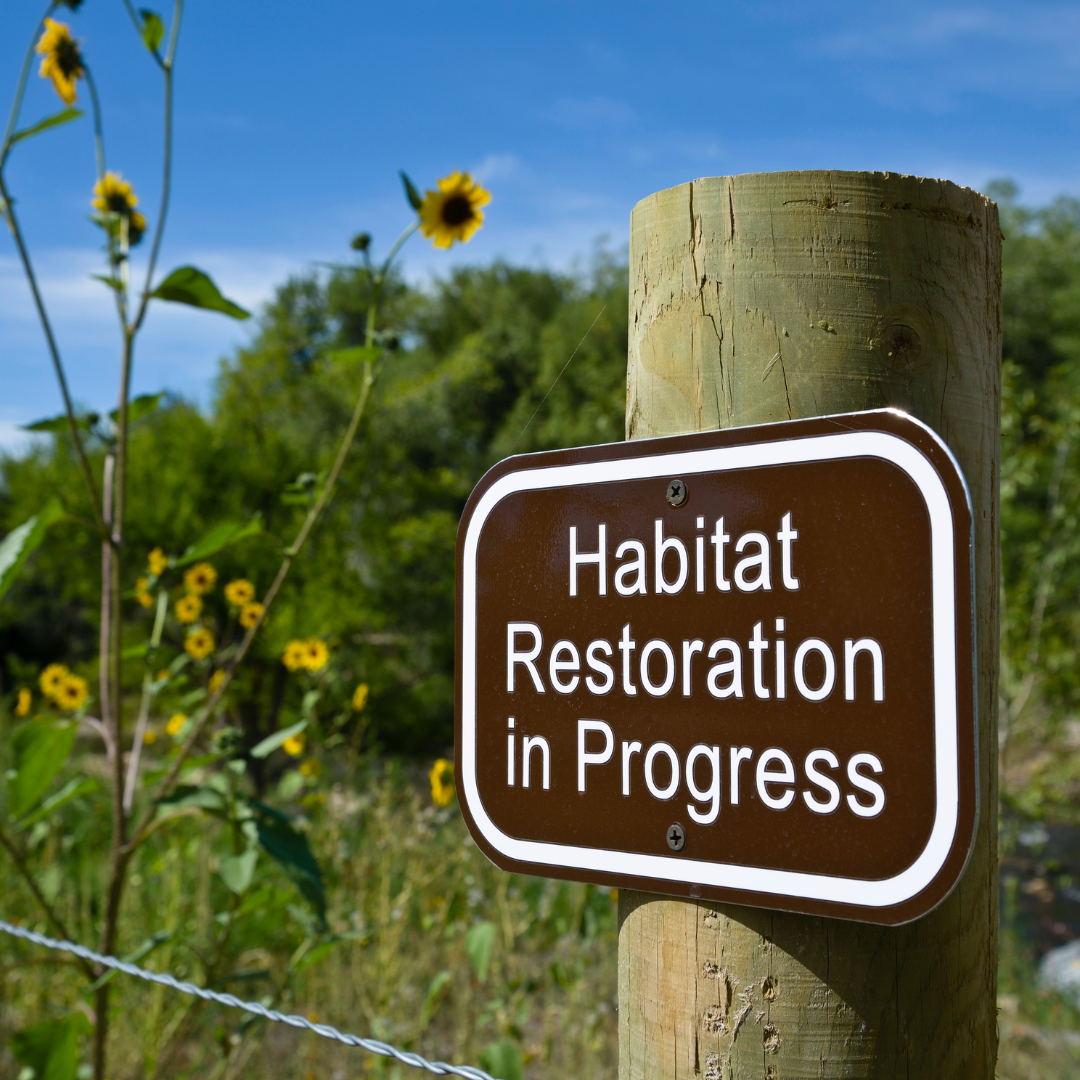
15. Habitat Restoration
For many animals, habitat degradation is the primary cause of death. Almost all wild animals, even endangered species, are threatened by habitat degradation.
Planting native trees, cleaning beaches, and restoring wetlands are all ways you can assist.
Wild creatures rely heavily on us for shelter, food, and survival. Our responsibility is to guarantee that wild creatures have the resources they require to survive.
Protecting the environment by cleaning beaches, planting trees, and refraining from using dangerous agricultural pesticides is also critical. Recycling plastics and other non-biodegradable materials is a beautiful thing.
16. Be Aware Of The Chemicals You Use On Your Land
Whether you have a big lawn, a small garden, or hundreds of acres of farmland, you should always know what chemicals you put on your land.
While many chemicals are advertised to make your lawn greener, your flowers bigger, and your vegetables bulkier, you do not always hear about how these chemicals can harm wildlife. Always be aware of what you are buying and how it will affect the animals on your land.
Insecticides, for example, will help kill or control insect populations, but they may have unforeseen repercussions on an entire ecosystem.
Wildlife can be directly exposed to pesticides by eating or drinking contaminated food or water. Chemicals can be inhaled by some animals or absorbed through their skin by others.
Predators (hawks and owls) can become contaminated by consuming chemicals-affected animals. Some pollutants have a direct impact on wildlife and can cause mortality. Other pollutants can indirectly impact a population by interfering with its reproduction ability.
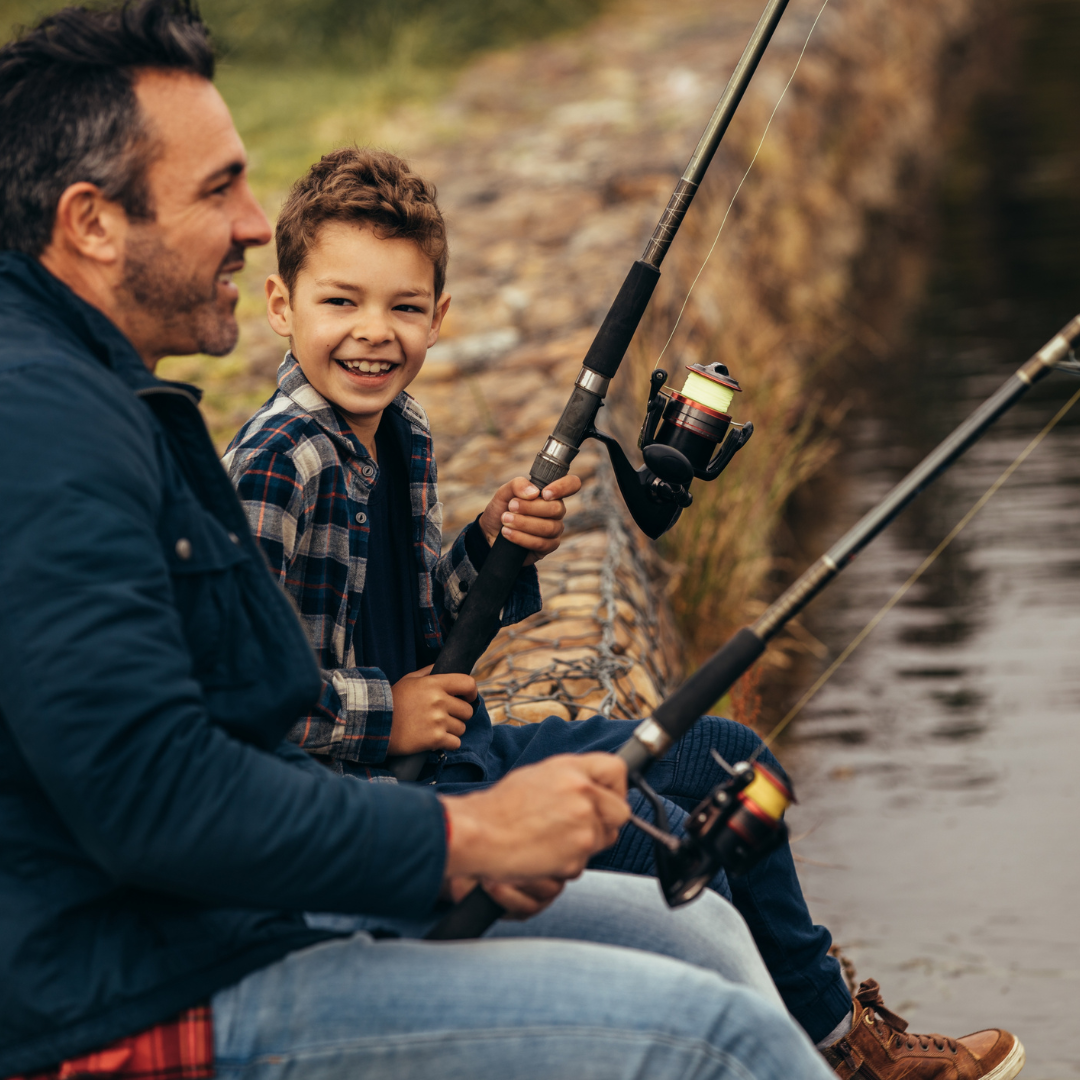
17. Fish Ethically And Sustainably
Ocean fishing is a massive sector worldwide, accounting for a substantial portion of our annual seafood supply. Unfortunately, if fishing is not done responsibly, it can lead to overfishing and population loss.
Individuals may find it difficult to reproduce when a fish population is low. You can't keep eating fish if they can't reproduce. As a result, it is critical to understand the laws and regulations governing what can be fished, when it can be fished, and how it can be fished.
Some species can only be fished at specific times of the year and in specific regions. Salmon fishing, for example, is only permitted at specific times and in certain regions off the coast of Washington state.
In addition to fishing seasons, several species can only be caught using specific methods. Some fishing, for example, can only be done with a hook and line, yet in other cases, you may be able to use trawl nets.

18. Don’t Buy Wild Animals
Wildlife is frequently sold worldwide to collectors, tourists, and other people with a penchant for the exotic.
This is especially true in countries where national laws do not prohibit selling wildlife, as the United States does. Even though selling particular species is prohibited, law enforcement is frequently corrupt and will close both eyes.
While you should avoid acquiring wildlife, significantly if it is endangered, you can also help to prevent the entire process.
You should call your local law enforcement department if you have seen an unlawful animal being sold. Inform staff if you are on tour or staying in a hotel.
19. Contact Non-Profit Organizations
Government agencies aren't the only ones working to conserve marine life. Numerous charitable organizations in the United States are dedicated to rescuing and safeguarding these species.
Contact a local organization if you have questions regarding laws or regulations or need assistance filing a case against someone you believe has breached the law.
For example, the Turtle Island Restoration Network (TIRN) is a non-profit organization that safeguards marine wildlife worldwide. They have several offices filled with attorneys, scientists, and outreach professionals eager to assist you.

Conclusion
Wildlife relevance can be classified as ecological, economic, and investigative importance, as well as protection of biological diversity, and so on.
Animals have also been extremely beneficial to mankind in terms of supplying food, clothes, and a source of revenue. Without the help of wildlife, our lives would be nearly impossible.
I trust you enjoyed this article on Why Is Wildlife Important And How Can We Protect It? Please stay tuned for more blog posts to come shortly. Take care!
JeannetteZ
Your Opinion Is Important To Me
Thoughts? Ideas? Questions? I would love to hear from you. Please leave me your questions, experience, and remarks about this article on Why Is Wildlife Important And How Can We Protect It in the comments section below. You can also reach me by email at Jeannette@Close-To-Nature.org.
Disclosure
This post may contain affiliate links. I earn from qualifying purchases as an Amazon Associate and other affiliate programs. Read my full affiliate disclosure.
You might also enjoy these blog posts:
How Nature Impacts Our Wellbeing
Lessons That Will Teach You All About Stress
The Top Most Important Container Gardening Tips
A Comprehensive Guide To Healing Naturally
Best Ways To Grow Tamarind In Your Home Garden
I did the keyword research for this blog
post in Jaaxy. Click on the banner
below and try it yourself for free.















